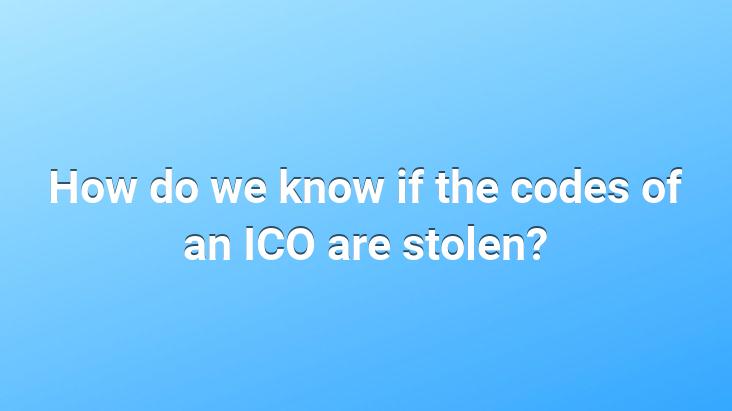Fiddling with the codes on GitHub to find out if an ICO’s codes have been stolen can sometimes really be a time-consuming task.
Everyone knows that writing computer code is tedious, elaborate, and tiring. It is quite a difficult process to deal with tens of thousands of lines of code to ensure that the code is error-free and complete by the time the final product is ready.
Properly generated code results in a quality product that increases user confidence and ensures that the application works as planned. GitHub, a web-based hosting service for version control using Git, wasn’t too concerned with coding quality, but those reckless coding days will soon be a thing of the past.
GitHub has over 20 million users and over 57 million code repositories. Anyone can upload their code to the site.. Thanks to this, it has become a popular place for ICO and altcoin projects. The portal serves as a central place where coding projects can be reviewed, bugs tracked, and team members from anywhere in the world logged in.
Digging deeper into the ICO’s code reveals that many of them are stolen
<
The majority of uploaded projects, including cryptocurrencies, are open source. So anyone can access the projects. Public access is a potential disadvantage for GitHub. An individual could potentially take another code, modify it, and then publish it as if it was their own. This is the hard part of the public access part.. But these are a few tools to check. Cryptomiso is one such tool.
Recently added to GitHub and allowed filtering of GitHub data based on various criteria. Onchainfx tool is similar to Cryptomiso but goes beyond filtering. It also includes a ranking system based on project commitments, stars, viewers who watched the project, and the number of lines added or removed. Both tools are valuable methods for analyzing ICO and cryptocurrency codes, but they have a downside. Sorting results by quality is not allowed.
Probably one of the most useful tools is actually a human. Andre Cronje, a popular cryptocurrency blogger, has invested a lot of time and energy researching new projects uploaded to GitHub.
When his research is complete, he posts his findings on his Twitter address @AndreCronjeTech.. Its in-depth analysis guides very eloquently as to which projects are worthy of and which do not deserve a second glance.
With so many new projects these days, it’s getting harder and harder to distinguish the good from the bad ones.. These tools make it possible to assess the adequacy of a cryptocurrency and measure its authenticity.
As with any investment, from buying a smart TV to purchasing a cryptocurrency, the necessary due diligence and background to ensure the validity of the surface information. It’s always important to do checks.
Coingeek

